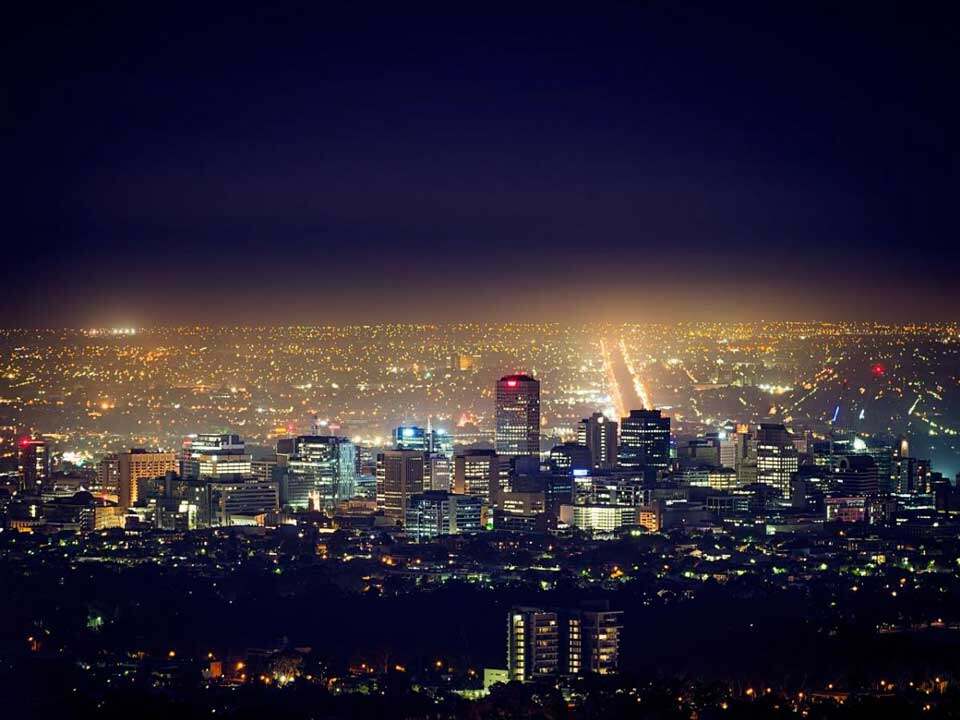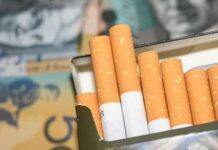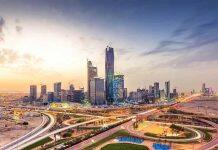Growth in aggregate spending in the South Australian economy has slowed sharply over the last year. Despite this loss of momentum, South Australia has enjoyed a very strong recovery from the pandemic.


The labour market is at its tightest in almost half a century with the trend unemployment rate down to a low not seen since the mid-1970s. Although inflation has passed its peak, it remains very high. And despite strong growth in wages and employment, aggregate incomes have struggled to keep pace with the rise in the costs of living.
These conclusions are contained in the latest Economic Briefing Report prepared by economists from the University of Adelaide’s SA Centre for Economic Studies (SACES).
The Briefing Report also includes a focus article titled ‘The General Economic Implications of AI and South Australia’s Relative Exposure’. The article reviews recent major breakthroughs in artificial intelligence (AI) and assesses the potential economic implications of these innovations.
“Cost of living pressures and tighter financial conditions will likely continue to exert a dampening influence, although it is a welcome sign that the inflation rate is now falling”.
-Mr Jim Hancock, Executive Director, South Australian Centre for Economic Studies, the University of Adelaide
Other highlights in the Economic Briefing Report include:
- External conditions facing the SA economy have become less supportive: the global economy is growing weakly and Australian Gross Domestic Product growth is weak.
- Growth in aggregate spending in South Australia has slowed sharply over the past year and has been essentially flat over recent quarters.
- Growth in the quantity of goods and services consumed by households has lost momentum as cost-of-living issues related to high inflation and, to a lesser degree, interest rate rises, have eroded the purchasing power of household incomes. The weakness is especially pronounced for discretionary items.
- Although wages growth has picked up, it has not kept pace with inflation.
- Households have reduced savings rates to low levels in order to sustain their consumption levels. But the ability to reduce savings is limited, and households will be compelled to reduce their consumption if cost-of-living pressures do not abate.
- Despite the loss of momentum, SA has experienced a strong recovery from the pandemic, and many areas of the economy are now operating at high levels of capacity.
- Overseas exports from South Australia rose strongly over the past year. Service exports rebounded with the reopening of the nation’s borders, while an exceptional grain harvest last year led to strong goods exports.
- South Australia’s population growth has accelerated to its fastest pace in four decades. This boosts demand for goods and services, and supports economic activity. However, there is an acute housing shortage and there is a pressing need to build more housing.
- Due to continuing cost-of-living pressures, growth in South Australia’s Gross State Product is expected to slow to 1¼ per cent in 2023/24.
Mr Jim Hancock, Executive Director, South Australian Centre for Economic Studies, the University of Adelaide, says, “Household disposable income growth in Australia has fallen far short of inflation through the last year.
“Labour incomes and property incomes both rose quite strongly, however higher interest payments and taxes acted to hold disposable income to a weak growth rate,” he says.
“Cost of living pressures and tighter financial conditions will likely continue to exert a dampening influence, although it is a welcome sign that the inflation rate is now falling”.








































